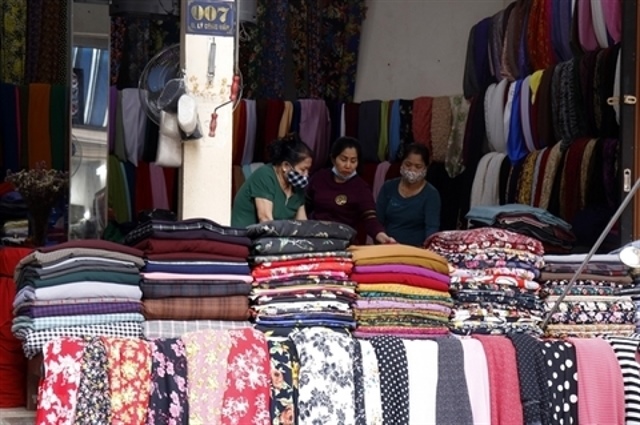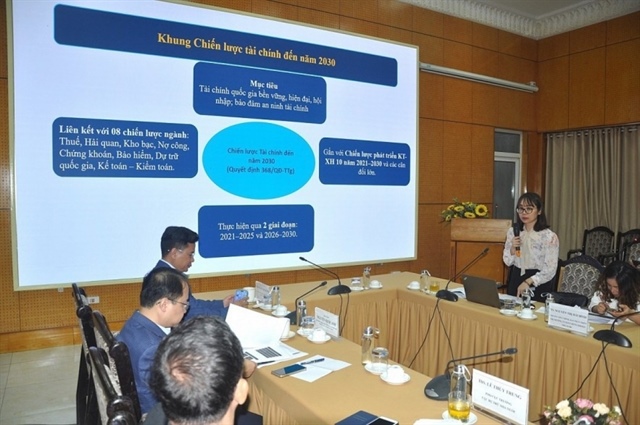Weak liquidity remains constant source of worry for banks at year-end
Weak liquidity remains constant source of worry for banks at year-end
Commercial banks, especially the small ones, are gearing up to mobilize capital from the public in order to ensure their liquidity in the last months of the year.

Commercial banks, anticipating the money withdrawal in large scale, now rush to mobilize capital from the public to offset the foreseeable capital decreases.
There is another reason that prompts commercial banks to push up the capital mobilization--that they are going to release finance reports and they need “beautiful figures” to “make up” their finance reports.
Therefore, analysts say, it is now a very sensitive moment for the small banks which always faces the liquidity problem.
This has triggered a new interest rate war among commercial banks, which occurs when banks, trying to lure more depositors, have been trying to offer high interest rates. Some banks now even offer the deposit interest rates higher than the ceiling rate of nine percent stipulated by the State Bank.
Facing the risk of the decreases of the capital sourced from businesses, banks can seek the capital support from the interbank market or borrow money from the State Bank via the open market operation OMO. However, too many technical barriers have been installed on the markets by the State Bank and other commercial banks.
One of the reasons that keep small commercial banks away from the interbank market is the issuance of the Circular No. 21, taking effects since September 1, 2012, which imposes stricter requirements on the borrowing and lending among banks.
The circular stipulates that the banks which have the demand for borrowing money from other banks have to satisfy some conditions and provide transparent information. With the new regulation, bankers say it would be not easy to seek capital on the interbank market.
The reports have also shown that the transaction value in the interbank market has dropped significantly in comparison with that before the Circular No. 21 took effect.
A banker has revealed that on these days, lenders always ask borrowers to have collateral for the loans, which could be the government bonds or corporate bonds.
In the past, the State Bank, state owned commercial banks and some big joint stock banks like ACB and STB were the main “big guys,” which were assigned to support small banks in improving their liquidity. However, bankers have said they cannot expect the support from ACB any more, after a lot of troubles occurred with their leadership recently.
Especially, not only ACB, but other banks which have profuse capital, would have to consider thoroughly when deciding to lend to other banks.
Analysts have warned that once small banks cannot seek the liquidity support from big banks, this would be a heavy burden on the State Bank, because the small banks would have to entreat the help from the central bank.
Local newspapers have reported that the 12-month term deposit interest rates have been pushed up by a lot of banks.
Banks pay high for long term deposits because the ceiling interest rate for short term deposits has been capped at nine percent per annum. ACB, for example, now offers the interest rate of 13 percent per annum for long term deposits.
Other banks like VietBank and BanViet Bank, now are paying 12-12.9 percent for long term deposits (over 12 months), while running promotion programs to lure more depositors.
vietnamnet




























